Women's health and beauty are closely related to the amount of estradiol produced, therefore, with the slightest symptoms suggesting a possible deviation, it is so important to conduct analyzes in time and adequately evaluate the result. What is the norm of estradiol in women by age, this article will help to understand.
Material Content:
What is estradiol?
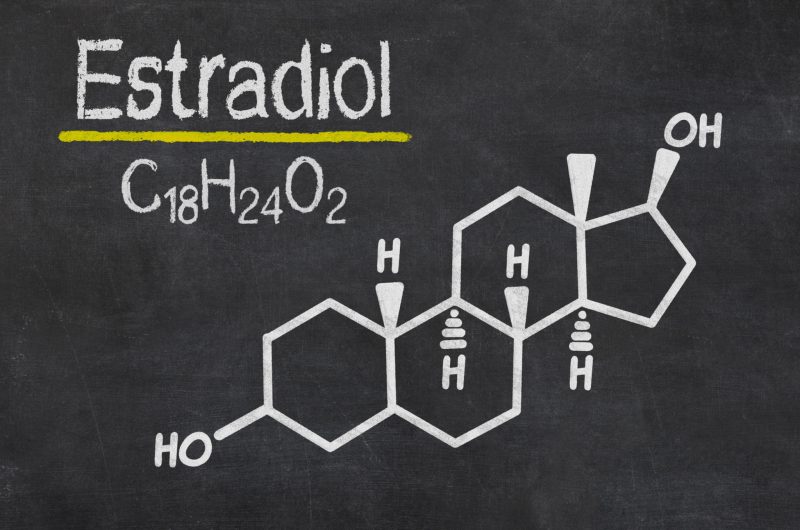
Estradiol is a hormone of the female genital area. This type of hormone is in the group of steroid hormones, it has the greatest influence. The hormone estradiol has a special effect on the female body. It is because of him that girls undergo processes of formation of the reproductive system. In addition, it is necessary for the normal course of pregnancy and the development of secondary sexual characteristics. In men, the hormone balances testosterone, thereby providing balance. This hormone is synthesized mainly in the ovaries in women, testicles in men, while a small proportion, regardless of gender, is synthesized by the adrenal cortex. In addition, in pregnant women, this hormone is partially synthesized by the placenta.
Is estrogen and estradiol the same thing?
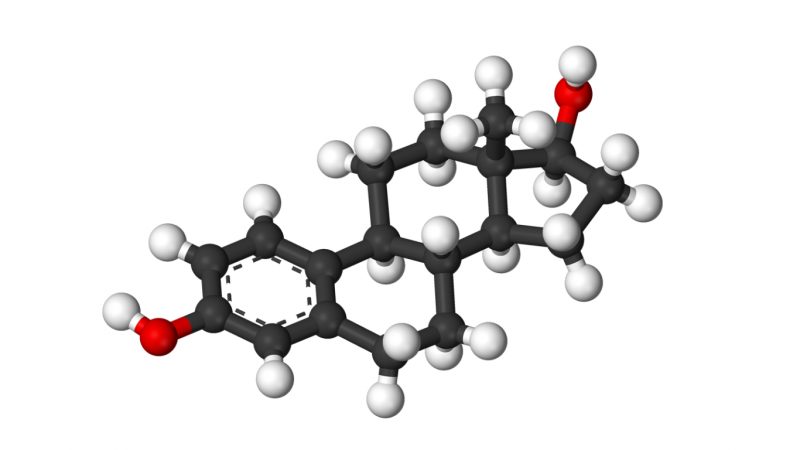
Many people who do not have sufficient medical knowledge believe that estrogen and estradiol are identical hormones, but this is not entirely true.Estrogens - the collective name of the whole set of steroid sex hormones, which consists of about twenty different hormones, while estradiol is very influential. It is the level of estradiol that doctors pay attention to when treating patients with various cycle disorders.
What is this hormone responsible for
Estradiol is a hormone that has the widest effect on the development and functioning of the human body.
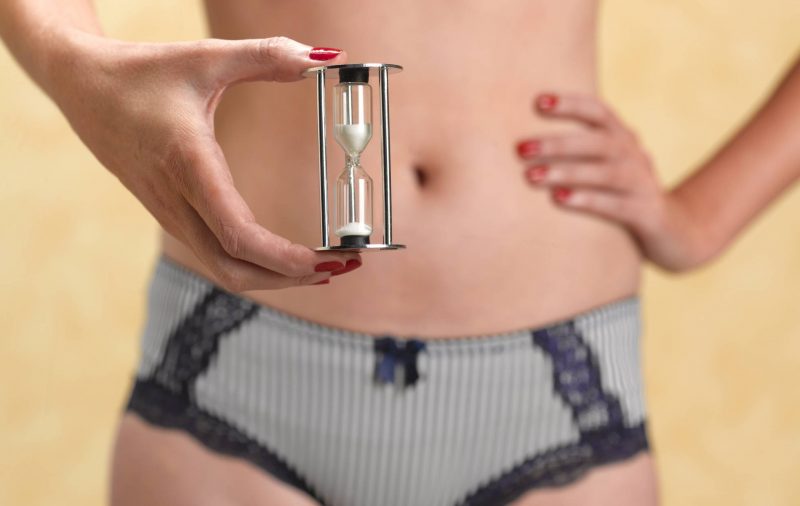
Not everyone knows that estradiol is responsible for:
- the formation and development of organs of the female reproductive system;
- development of secondary sexual characteristics;
- adjustment and regulation of the menstrual cycle;
- ovum growth;
- preparing reproductive organs for pregnancy;
- stress resistance;
- maintaining youthful skin.
In addition, estradiol has a general effect on the body, regardless of gender, namely:
- responsible for the functioning of the bladder, intestines, circulatory system;
- provides strength of the skeleton and muscle corset;
- takes part in metabolic processes.
In men, this hormone is responsible for spermatogenesis.
Estradiol Content Analysis
In order to determine the amount of hormone in the body, it is necessary to examine venous blood.
Since the hormonal level in a woman’s body is different and depends on the phase of the menstrual cycle, it is customary to determine its content on the sixth – seventh day or twentieth – twenty first, with a standard 28 day cycle.
If the duration of the menstrual cycle fluctuates and does not have a fixed time, then the doctor will determine the optimal time for blood donation.
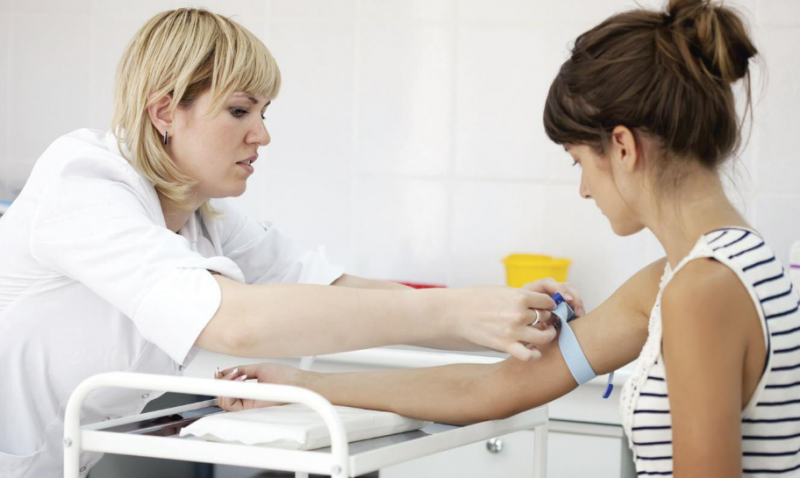
As with any blood test, you need to be properly prepared before donating blood to determine estradiol levels.
To do this, observe a number of rules:
- A few days before the analysis, sexual contacts, heavy physical exertion, and sports should be excluded.
- The day before the expected blood donation, refuse to drink alcohol, the food should be easily digestible, and nutrition should be balanced.
- Twelve hours before the test, exclude the use of any food. Allowed to drink water.
- The analysis should be carried out in the morning.
How to determine the hormone rate
In order to evaluate the result obtained, it is necessary to compare the obtained indicator with the limits of the norm. You should be aware that the established normal values of estradiol levels are different for women of certain age groups who are in a certain phase of the menstrual cycle. Separate indicators are isolated for pregnant women in a different trimester of pregnancy.

Estradiol (E2) norm in women by age (pg / ml):
- newborns up to a year: 0;
- from two to three years: 0 - 22;
- from four to six years: 22;
- from seven to twelve (fourteen) years: 22-30;
- from twelve (fourteen) to fifty five years: 57 - 480;
- over fifty five years: 18 - 85.
Estradiol (E2) norm in women in a different menstrual cycle (pmol / l):
- follicular phase of the cycle: 68 - 1265;
- ovulation period: 130 - 1657;
- luteal phase of the cycle: 90 - 860.
Estradiol (E2) norm in pregnant women (pg / ml):
- 1 trimester: 210 - 6300;
- 2 trimester: 800 - 19000;
- 3 trimester: 11800 - 37000.
For women in menopause, estradiol levels correspond to 50 pg / ml.
Estradiol increased symptoms
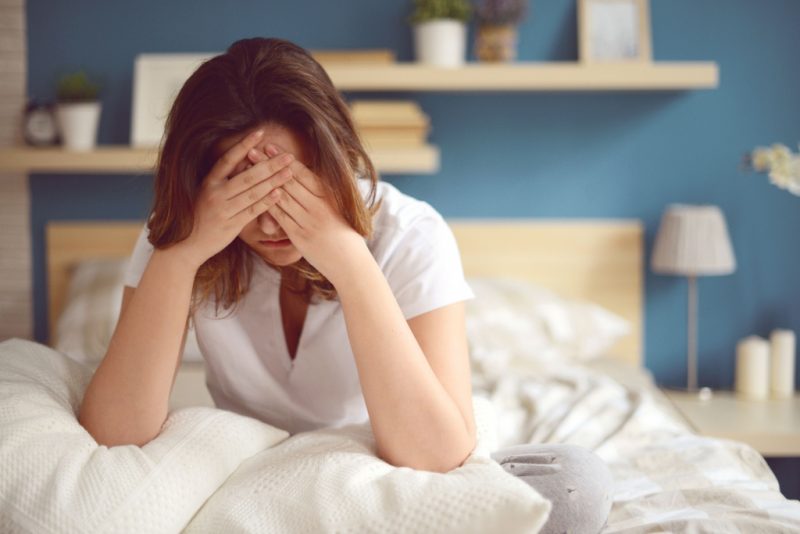
The increased value of estradiol for a sufficiently long time can be a symptom of serious diseases and conditions, for example:
- hyperthyroidism;
- the development of tumors in the body;
- cystic formations of the ovaries;
- liver disease.
Sometimes, a high level of the hormone is observed as a result of a sharp reduction in body weight. This situation is found in girls who follow a strict diet or have high physical activity.
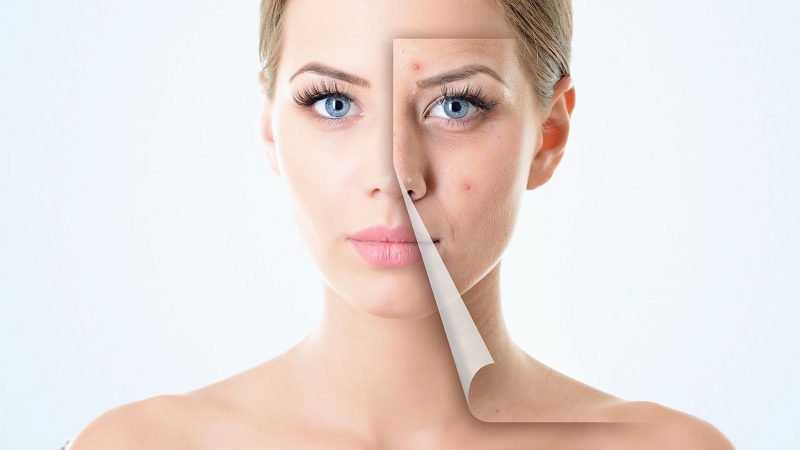
Symptoms of a high level of estradiol in women:
- a sharp increase in body weight;
- excessive secretion of the sebaceous glands;
- the appearance of acne;
- sweating, hair loss;
- causeless swelling;
- cramps.
For men, an increase in the level of the hormone E2 leads to baldness, contributes to the appearance of fat on the chest, waist, hips, and a decrease in sexual activity.
Decreased hormone values - symptoms
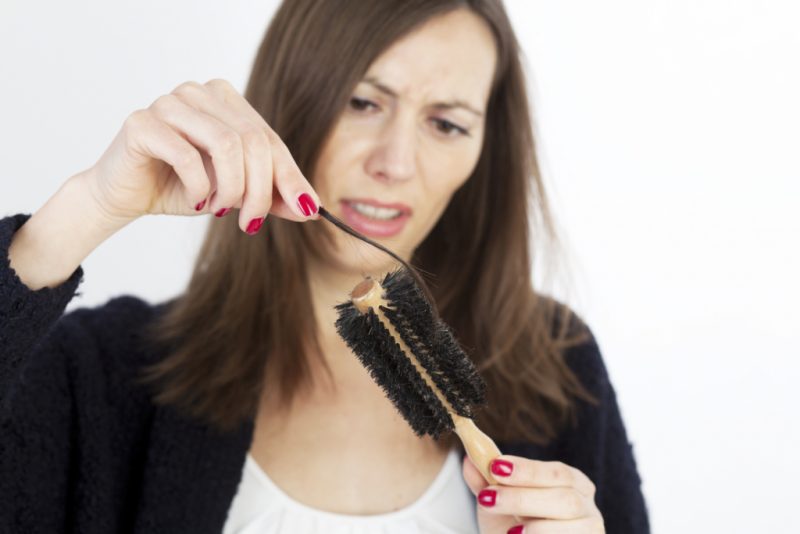
A decreased level of E2 can be suspected by the following symptoms:
- the development of osteoporosis;
- excessive dryness of the skin and hair, baldness, the occurrence of acne;
- lack of menstruation, or a malfunction in the duration of the menstrual cycle;
- the appearance of edema;
- disorders of the nervous system, sleep disturbance, mood swings, aggressiveness, irritability;
- reduction in the size of the uterus, mammary glands;
- development of persistent infertility.
For men, a low level of estradiol leads to the development of diseases of the heart and blood vessels, chronic prostatitis, and infertility.
The main reasons for lowering the level of the hormone are:
- the use of low-carb diets, vegetarianism;
- improper selection of oral contraceptives;
- disorders of the reproductive system, inflammatory processes of the ovaries, endocrine disorders;
- high physical activity.
How to normalize estradiol levels in women and men
A normal indicator of estradiol in men is considered to be a level from 16 to 72 pg / ml. When, according to the results of a blood test, a patient shows a certain deviation from the norm to a greater or lesser extent, the doctor will choose the appropriate treatment tactics, which will depend on the causes of this violation. It is possible to adjust the level of estradiol by using hormonal medications, traditional medicine, and lifestyle changes.
Drug therapy
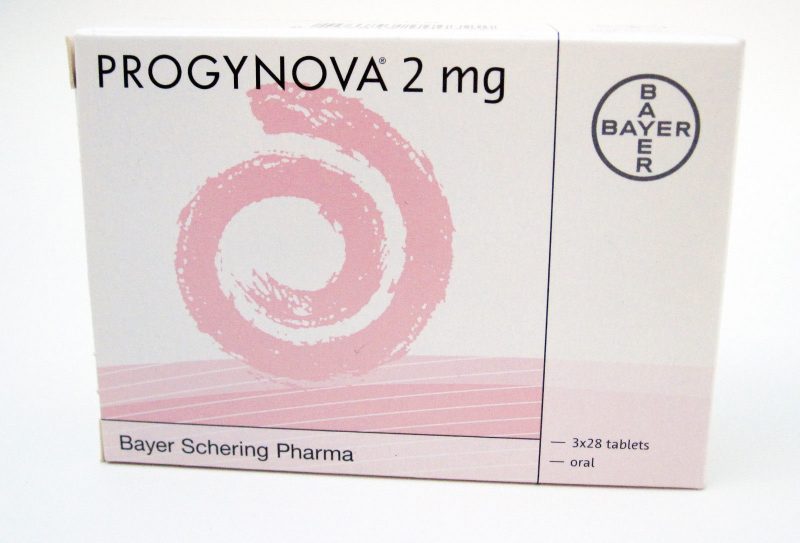
Medications containing synthetic estradiol will help increase estradiol in women. Based on the results of the analyzes, the attending physician will select the necessary concentration of the drug; usually, doctors use such drugs as Proginova, Femoston, Kliogest, Divina in their practice. They are prescribed as replacement therapy for menopause, and restore the necessary concentration of the hormone after oophorectomy - surgery to remove the ovaries.
Worth remembering! Self-administration of hormonal drugs can lead to serious health problems and poor health.
Folk methods

In addition to traditional medicine, traditional methods of treatment, such as aromatherapy, taking infusions and decoctions of herbs, are widely used to increase estradiol levels. Among them, the most powerful effect is the use of sage broth, raspberry leaves, red clover, plantain seeds and cuffs.
When taking various decoctions and infusions of medicinal herbs, caution should be exercised, since there is a high risk of developing allergic reactions.
In addition, with small deviations of the hormone level in a smaller direction, aromatherapy with oils of lavender, anise or sage is effective.

Also, to normalize the hormonal background, it is necessary to reconsider the way of life, namely, you should refuse to take alcohol and tobacco, review the diet in the direction of increasing the proportion of plant foods rich in phytoestrogens. In addition, it is necessary to exclude physical inactivity moderate, regular physical activity, contribute to the normalization of hormonal and psycho-emotional background.












